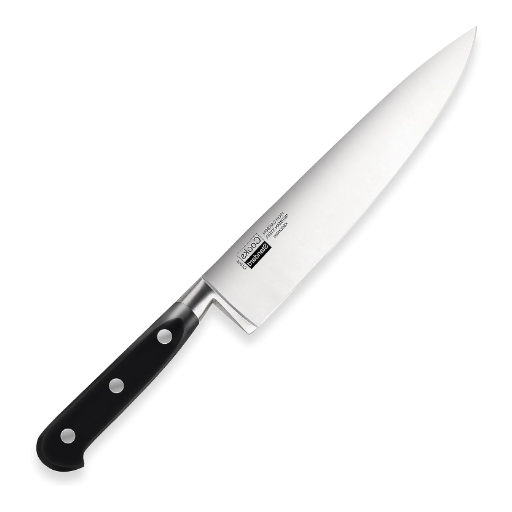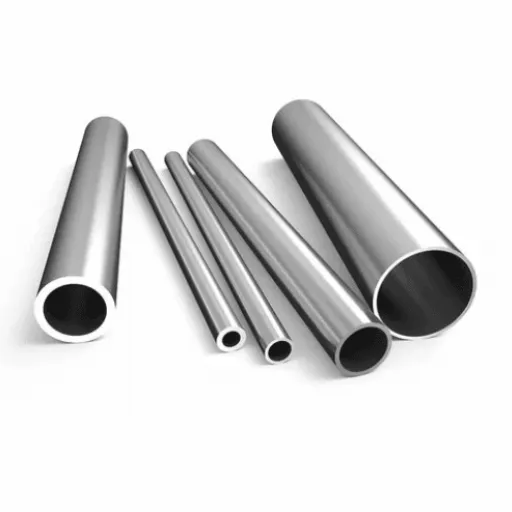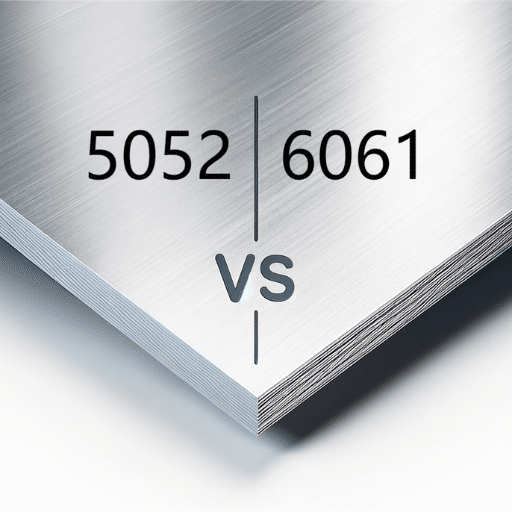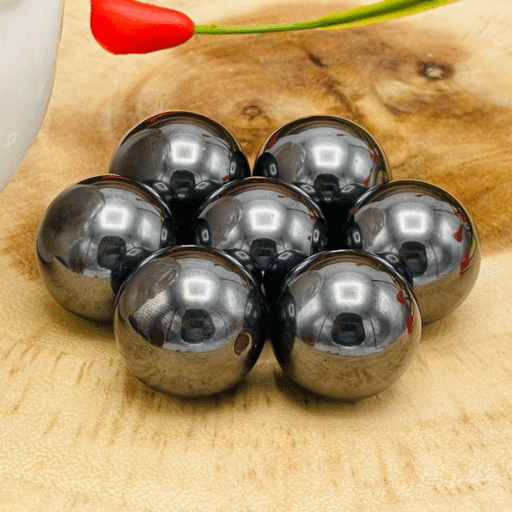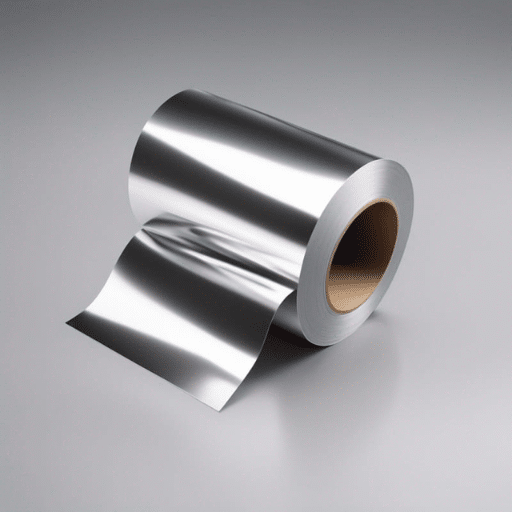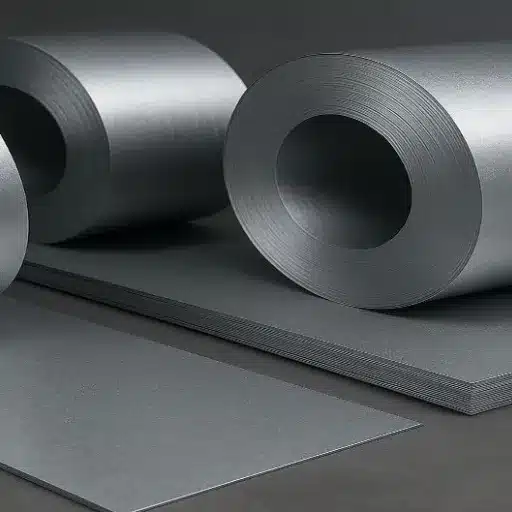Material choice is a critical factor in craft knife and blade-making. With the vast arsenals of metals available, high carbon stainless steel is the first choice, offering incredible durability, corrosion resistance, and ability to retain sharpness—the three qualities most sought after by the artisan blade-maker. This article will go into why high-carbon stainless steel is known as the best steel for blades by looking at its properties, benefits against other materials, and the making of high-performing tools. For an experienced chef, a great outdoorsman, or avid collector, understanding this steel and the benefits it holds will help you appreciate the steel’s absolute superiority in the art of knife-working.
Understanding High Carbon Stainless Steel
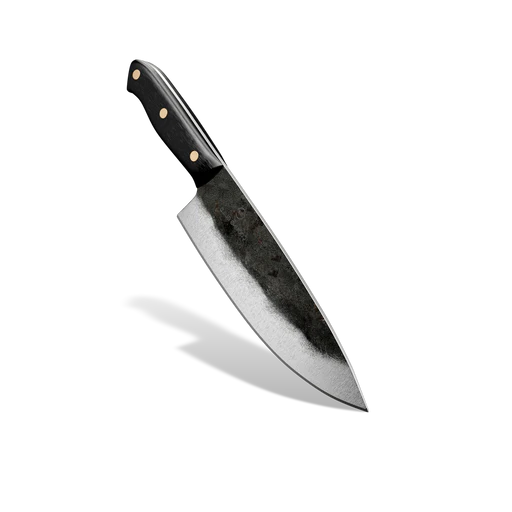
Definition and Composition
High-carbon stainless steel is a highly specialized alloy with the perfect composition to present the best qualities of both carbon steel and stainless steel. It has a comparatively higher carbon content (typically 0.5%-1.2%) along with variable amounts of chromium (at least 10.5%) and, depending on the grade, molybdenum, vanadium, or manganese. Such a specific construction confers upon this steel something extraordinary with respect to its hardness, corrosion resistance, and ability to hold a cutting edge.
Key Components:
- Carbon Content: 0.5%-1.2% (provides hardness and edge retention)
- Chromium: At least 10.5% (provides corrosion resistance)
- Additional Elements: Molybdenum, vanadium, or manganese (enhance performance)
Basically, the high carbon portion made it very hard and able to keep a sharp edge for longer durations. That is why it is highly appreciated in the manufacture of precision tools like knives or surgical instruments. The chromium content gives the steel a protective layer against oxidation and corrosion so that the material can withstand harsh environments. These properties are further enhanced in terms of performance through specific combinations of heat treatments.
High-carbon stainless steel surpasses the others in variety and hence utility. Common carbon steel runs into rust-related problems and demands stringent maintenance, and stainless steel ceases to be truly hard enough in exchange for its corrosion resistance. High-carbon stainless steel, however, strikes an ideal balance. This, therefore, makes it indispensable in areas where performance, long life, and reliability count.
Properties of High-Carbon Stainless Steel
High Carbon Stainless Steel is a magic alloy possessing qualities of both high carbon steel and stainless steel, offering extremes of hardness, durability, and corrosion resistance. A high carbon content improves the hardness of this steel and also improves its ability to hold an edge, so it is an excellent choice for cutting tools, blades, and other industrial applications that require consistent performance under stress. Chromium, on the other hand, provides the formation of an oxide layer that protects the surface against rust and corrosion from even a harsher environment.
One of the distinguishing properties of high-carbon stainless steel is the equilibrium maximized between toughness and wear resistance. The greater the carbon, the more the resistance to wear and ability to hold an edge, whereas chromium bolsters structural integrity and durability. This special composition makes it ideal for usage where the cutting edge must endure heavy use without frequent sharpening or maintenance time.
This steel also has good thermal resistance and tensile strength. These properties allow it to be used in the presence of very high temperatures and mechanical stresses. It would, however, require appropriate handling and maintenance protocols to stop premature deterioration when subjected to extreme conditions.
Comparison with Other Steel Types
| Steel Type | Strength | Hardness | Corrosion | Cost | Applications |
|---|---|---|---|---|---|
| Low-Carbon Steel | Low | Low | Poor | Low | Construction |
| Medium-Carbon | Medium | Medium | Poor | Medium | Tools, Tanks |
| High-Carbon Steel | High | High | Poor | Medium | Knives, Blades |
| Ultra-High Carbon | Very High | Very High | Poor | High | Precision Tools |
| Low-Alloy Steel | High | High | Moderate | Medium | Industrial Parts |
| Austenitic SS | Medium | Medium | Excellent | High | Kitchenware |
| Ferritic SS | Medium | Medium | Good | Medium | Automotive |
| Martensitic SS | High | High | Moderate | High | Medical Tools |
| Duplex SS | Very High | High | Excellent | High | Oil Industry |
| Precipitation SS | High | High | Excellent | High | Aerospace |
Benefits of High Carbon Stainless Steel
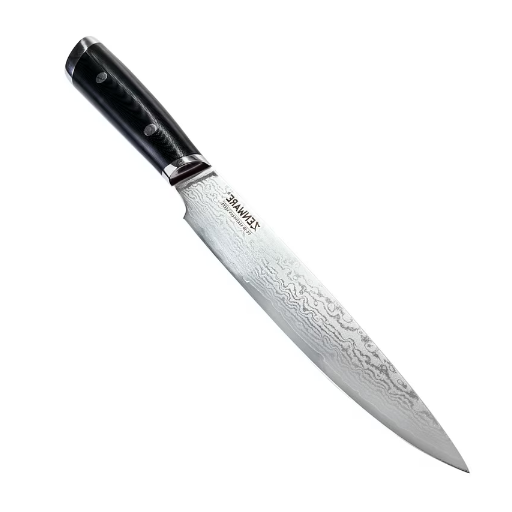
Durability and Strength
Being known for its stiff and supremely durable nature, high-carbon stainless steel is the best choice for resisting wear and deformation. High carbon content precipitates carbide formation to impart hardness against high mechanical stress. With the use of modern metallurgical techniques, even heat treatment processes like quenching and tempering have been improved and refined to optimize the microstructure of high-carbon stainless steels, especially in enhancing tensile strength and toughness.
Mechanically, high-carbon stainless steel has far more surface abrasion and fatigue resistance compared to its low-carbon counterparts, thus guaranteeing the operational longevity of components. This beneficial resistance finds applications in various tools, cutting implements, and heavily loaded components such as industrial machine parts and automotive gears.
Corrosion Resistance
High-carbon stainless steel is very resistant to corrosion and suitable for use in environments where moisture, chemical exposure, and temperature variations pose real problems. The higher chromium content gives a passive oxide layer on the steel surface, which prevents substrate oxidation and acts as a defense against corrosive agents.
Corrosion Resistance Benefits:
- Self-healing passive oxide layer
- Reduced maintenance costs by up to 40% in industries
- Extended equipment lifespan
- Suitable for marine and acidic environments
Edge Retention and Sharpness
The steel retains its edge well and keeps its sharpness. These aspects determine the performance of a cutting material, particularly in industries where efficient performance and wear conditions are opposed. High-carbon stainless steel can be considered harder by nature and hence attains better edge retention than ordinary steel.
Technical studies show that high-carbon stainless steel shows an edge retention rate much higher than any other commercial material. For instance, in comparative tests conducted under controlled lab conditions, wear on the edge from blades shows that high-carbon stainless steel remains sharper for 30% more time than classical stainless steels under similar circumstances.
Common Uses of High-Carbon Stainless Steel
Culinary Tools and Kitchen Knives
In the world of premium culinary tools and kitchen knives, high-carbon stainless steel has been sought after for its unique balance of hardness, durability, and corrosion resistance. In professional and home environments where accuracy and reliability are of utmost importance, these attributes stand firm. High-carbon versions differ from standard stainless steels in that they are meant to retain a sharp edge for much longer, which translates into less time spent on sharpening and more consistent performance during repetitive tasks like slicing, dicing, and chopping.
Manufacturing Applications
High-carbon stainless steel is a versatile material with qualities like hardness, corrosion resistance, and durability that ensure its demand in manufacturing processes. Below are the five major application areas:
- Culinary Tool Fabrication: High-carbon stainless steel is a preferred material for making kitchen knives, cutting tools, and other culinary instruments. Blades made of high-carbon stainless steel have been reported to maintain their sharpness approximately 40% longer than conventional stainless steel.
- Medical Instruments Making: Being highly corrosion-resistant and capable of maintaining a sterile surface, it is the ideal material for making surgical tools such as scalpels and forceps. It resists degradation as instruments are subjected to aggressive sterilization procedures, including autoclaving.
- Automobile Industry: Critically essential engine components, requiring resistance to wear under elevated temperatures and precision parts, manufactured from high-carbon stainless steel, ensure durability enhancements while in service for components such as camshafts and valve springs.
- Aerospace Engineering: High-carbon stainless steel is lightweight with high strength and, hence, is used in structural components for aerospace applications like landing gear and fasteners, where low thermal expansion and maintaining integrity under conditions of extreme stress are considered indispensable.
- Industrial Cutting Tools and Machinery: Because of its excellent edge retention and good toughness, it is considered to be perfect for manufacturing industrial tools intended for saw blades, drill bits, and machining tools.
Construction and Industrial Uses
High-carbon stainless steel finds immense use in construction and industrial applications due to its incomparable strength and hardness, and corrosion resistance. In the construction industry, reinforcement bars, structural frameworks, and aesthetic elements are typically employed whenever durability and life performance of the materials are considered paramount.
From an industrial standpoint, high-carbon stainless steel is imperative to manufacturing components like bearings, molds, and cutting tools. The demands in such applications are that materials maintain integrity and precision when subjected to cycles of mechanical loading and abrasive conditions.
High Carbon Stainless Steel Knives
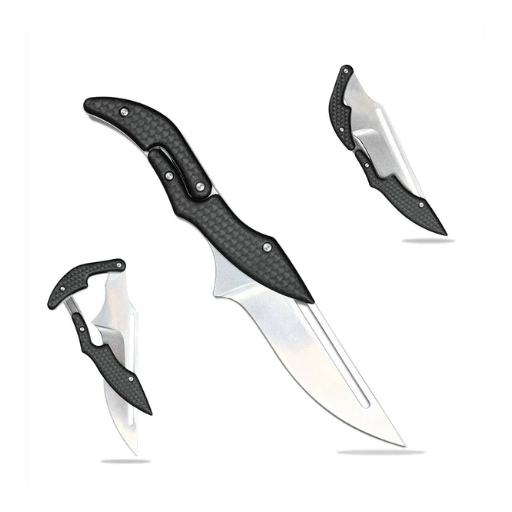
Features of High Carbon Stainless Steel Knives
Known for the perfect balance of strength and use, carbon steel knives find application in the kitchen and woodworking industries. The key features include:
- High Carbon Content: Usually more than 0.5%, imparting hardness and superior edge retention
- Corrosion Resistance: Chromium content of approximately 10.5% or more ensures durability in humid environments
- Fine Grain Structure: Helps in precision cutting and fine detailing in knife design
- Ergonomic Design: Many modern blades feature ergonomic handles and full tang constructions
- Reduced Brittleness: Advanced manufacturing processes like cryogenic treatment stabilize the blade structure
Comparison: High Carbon vs Stainless Steel Knives
| Aspect | High Carbon | Stainless Steel |
|---|---|---|
| Blade Quality | Excellent | Good |
| Longevity | High | Moderate |
| Rust Resistance | Poor | Excellent |
| Strength | High | High |
| Upkeep | High | Low |
| Price | Moderate | High |
| Usage | Precision | Versatile |
Maintenance and Care Tips
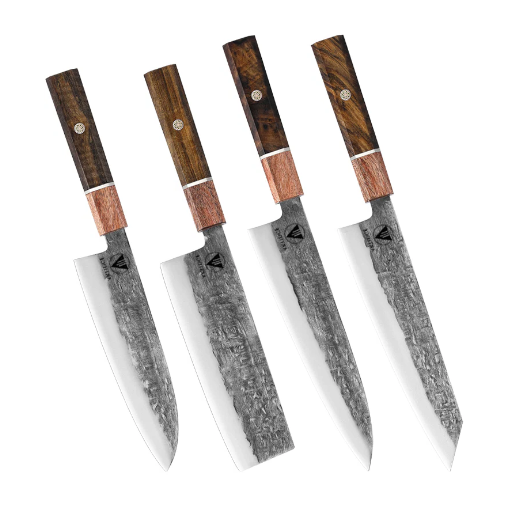
How to Sharpen High-Carbon Stainless Steel Blades
Sharpening high-carbon stainless steel blades properly requires precision and following specific sharpening techniques to achieve durability and optimum-quality performance. Follow these steps:
- Preparation: Begin by soaking the whetstone in water for 10-15 minutes to make sure it is completely saturated. Place the sharpening stone over a base or mat so that it does not slip.
- Sharpening Angle: Keep a constant sharpening angle between 15 and 20 degrees for high-carbon stainless steel to maintain sharpness without compromising edge stability.
- Sharpening Stroke: Position the blade at the correct angle against the coarse part of the whetstone. Moving forward with the blade, slightly and evenly apply pressure along the entire length of the edge. Repeat for 10-15 strokes per side.
- Switching Grits: After finishing with coarse grit, flip to the finer grit side and repeat the same process to refine the edge and smooth it out.
- Test Sharpness: To test sharpness, carefully slice through paper or a thin object. A properly sharpened edge should cleanly and easily cut through paper.
- After Care: Wash off sharpening residues with warm water, dry thoroughly, and apply a thin coating of mineral oil to prevent rusting.
Preventing Rust and Corrosion
Avoiding rust and other forms of corrosion on high-carbon stainless steel blades requires maintenance of a dry environment along with other best care practices:
- Keep blades in a well-controlled and low-humidity environment
- Apply a thin film of food-safe mineral oil or special anti-corrosion oil
- Wipe clean after every use, particularly where water, salt, or acids are involved
- Avoid contact with acidic materials that may corrode the blades
Storage Recommendations
Proper storage is essential to retain durability, functionality, and safety:
- Magnetic Wall Strips: Suspend knives firmly while preventing contact with other implements
- Knife Blocks: Use blocks with individual slots, ensuring knives are completely dry
- Climate Control: Store in stable humidity and temperature conditions
- Protective Measures: Use airtight containers, knife rolls, or protective sheaths
- Moisture Control: Include desiccant pouches like silica gel for long-term storage
- Safety First: Use drawer organizers to prevent accidental cuts and edge damage
Frequently Asked Questions (FAQ)
References
- A simple thermal CVD method for carbon nanotube synthesis on stainless steel 304
Discusses the properties and applications of stainless steel in carbon nanotubes. - Considerations on the Effects of Carbon Content on the Cavitation Erosion Resistance of Stainless Steels
Considers the effects of carbon content on the erosion resistance of stainless steels. - Carbon nanotubes grown on stainless steel for supercapacitor applications
Studies the use of stainless steel in advanced applications like supercapacitors. - Scanning electron microscope evaluation of wear of stainless steel and high-carbon steel curettes
Determines wear and sharpness differences in dental instruments made of high-carbon steel and stainless steel. - Wear resistance of an additively manufactured high-carbon martensitic stainless steel
Studies the wear resistance of high-carbon martensitic stainless steel fabricated by additive manufacturing.

